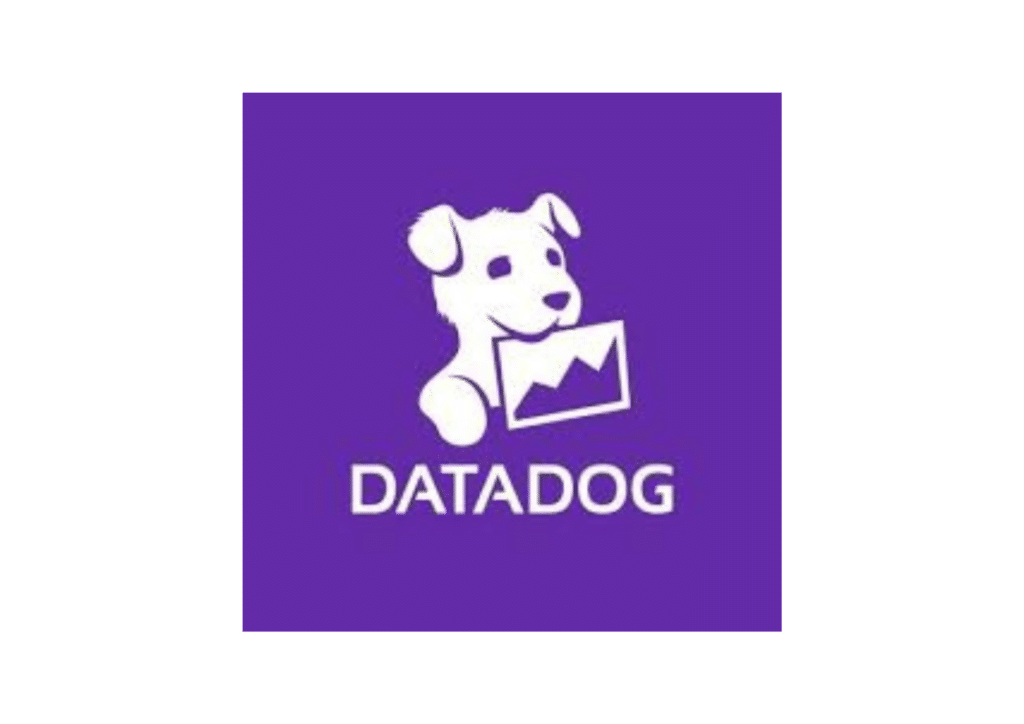
Datadog is a powerful monitoring and analytics platform that offers comprehensive visibility into your entire tech stack. With its extensive range of integrations and robust data visualisation capabilities, Datadog is a go-to solution for businesses seeking to optimise their performance and troubleshoot issues efficiently. One of the standout features of Datadog is its ability to handle custom log integration, allowing you to capture, analyse, and act on logs tailored to your unique application environment.
Integrating custom logs into Datadog involves a few key steps to ensure your custom logs are properly collected and analysed alongside other metrics and logs in your Datadog environment. Here’s a general approach to integrating custom logs into Datadog:
Log Collection Configuration
- Set Up Log Collection:
- Ensure you have a Datadog account and access to the Datadog platform.
- Navigate to the Logs section in Datadog.
- Choose a Collection Method:
- Datadog supports various methods for log collection, including:
- Agent-based: Install the Datadog Agent on your servers or containers.
- Log Forwarder: Use a log forwarder (like Fluentd, Fluent Bit, or others) configured to send logs to Datadog.
- HTTP/S API: Directly send logs to Datadog using their HTTP/S endpoint.
- Datadog supports various methods for log collection, including:
Format and Send Custom Logs
- Define Log Format:
- Decide on the format of your custom logs. Datadog supports structured JSON logs, as well as other common log formats.
- Send Logs to Datadog:
At first, set logs_enabled to true in /etc/datadog/datadog.yaml file. Then,
- Depending on your chosen collection method,
- If using the Datadog Agent, configure it to collect your custom logs. This might involve modifying the Agent configuration file (/etc/datadog/conf.d/service_name.d/conf.yaml)
logs:
- type: file
path: /path/to/your/custom.log
service: service_name
source: custom-log-source- If using a log forwarder, configure it to send logs to Datadog using the appropriate Datadog output plugin or configuration.
- If using the HTTP/S API, ensure your application or logging mechanism sends logs to Datadog’s endpoint in the specified format.
Verify and Monitor
- Verify Log Ingestion:
- Once configured, verify that Datadog is receiving your custom logs. You can do this by checking the Logs section of the Datadog web interface.
- Set Up Alerts and Dashboards:
- Create alerts based on log content using Datadog’s alerting features.
- Build custom dashboards to visualise and analyse your custom logs alongside other metrics and logs.
Integrating custom logs into Datadog involves configuring your log collection method to send logs to Datadog’s platform. Depending on your infrastructure and preferences, you can choose between agent-based, log forwarder, or direct API methods. Once configured, you can leverage Datadog’s powerful monitoring and analytics capabilities to gain insights from your custom logs.
For comprehensive support on custom log integration in Datadog, reach out to us. As experts in server management and monitoring solutions, Skynats can guide you through the process of integrating your unique log data into Datadog. Our team ensures seamless setup and optimal configuration, helping you to leverage Datadog’s powerful analytics and monitoring tools.

